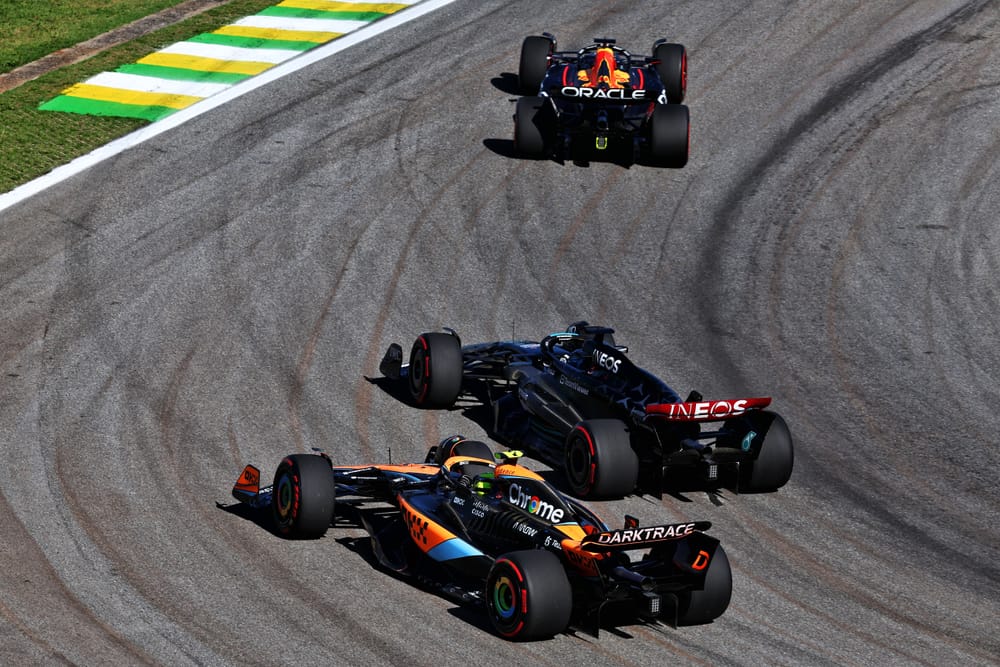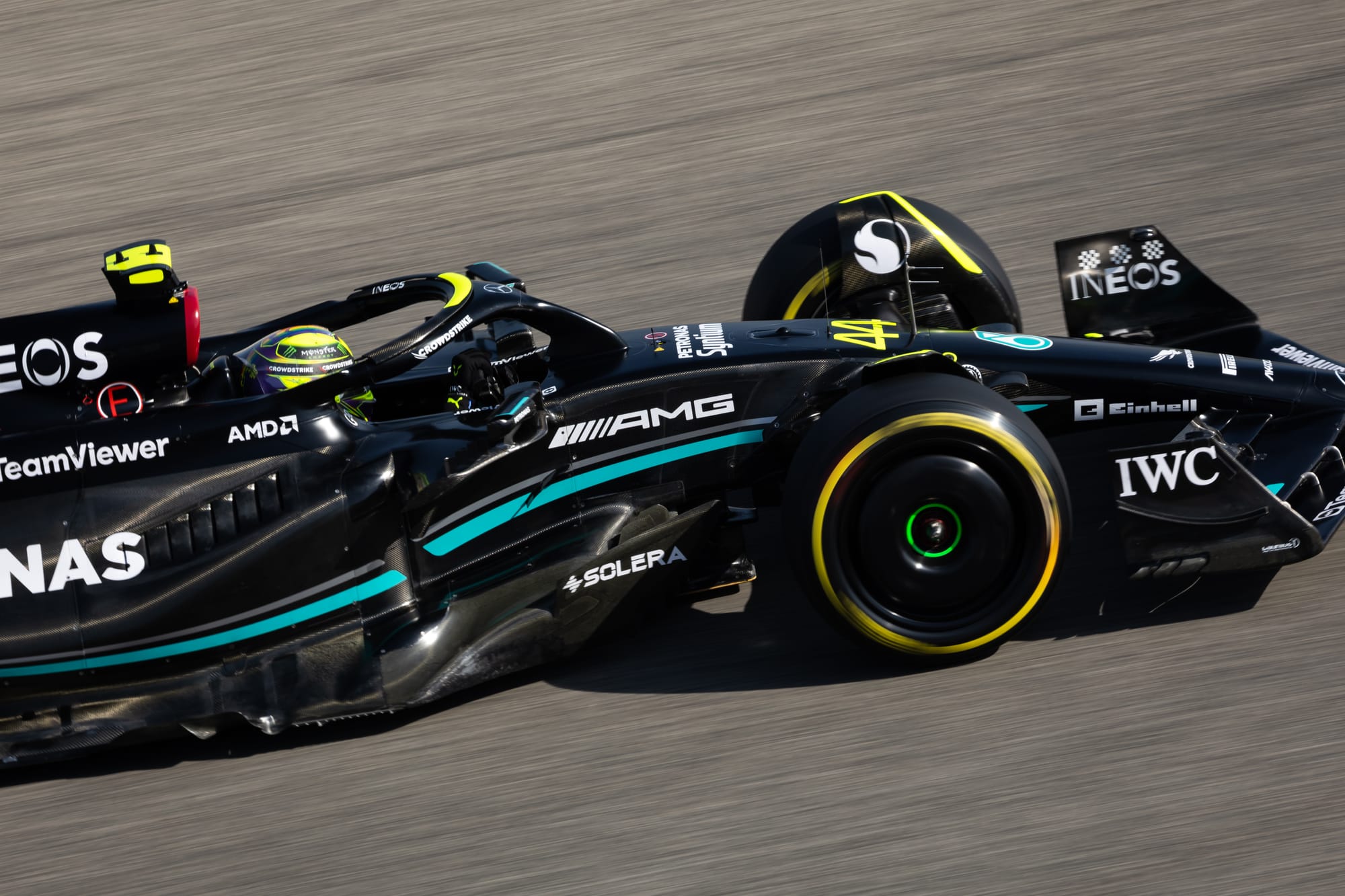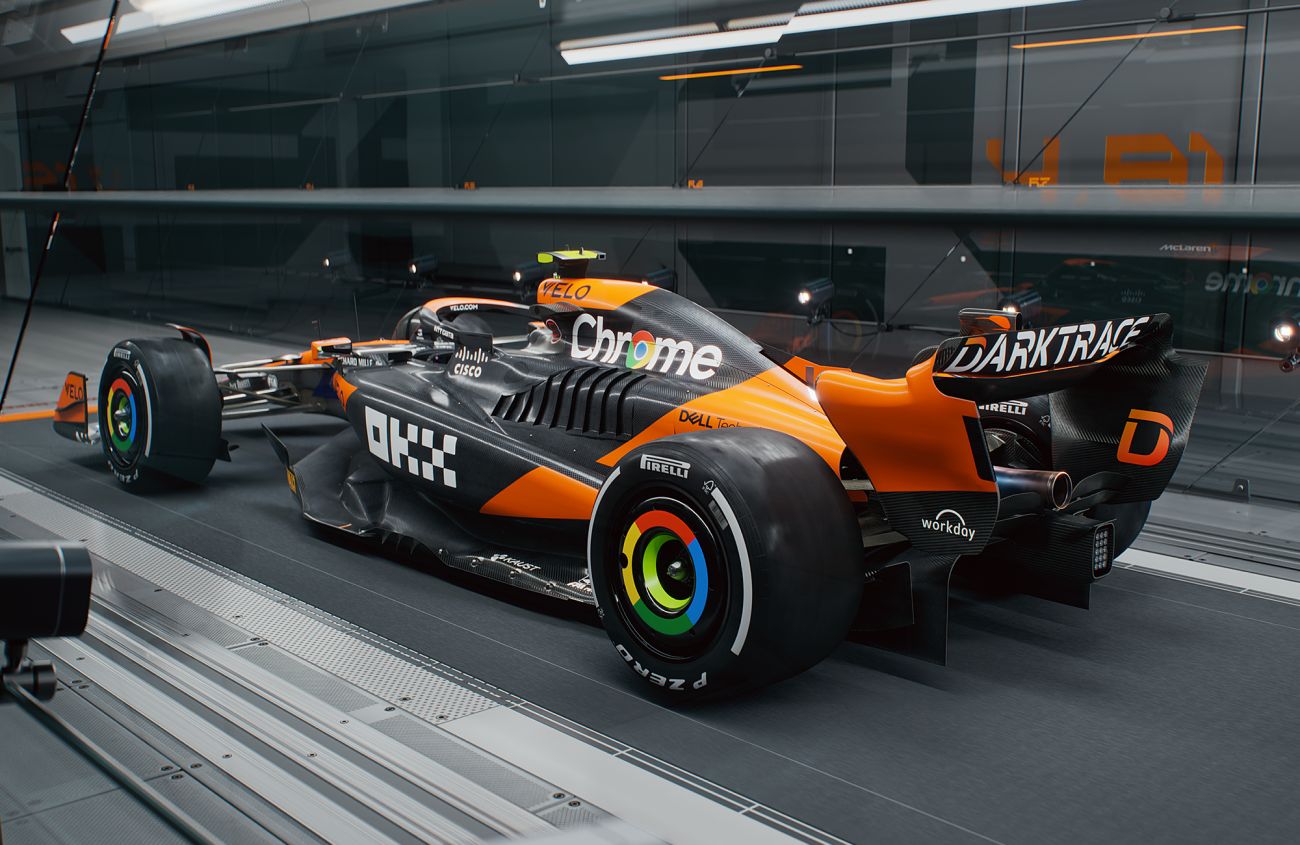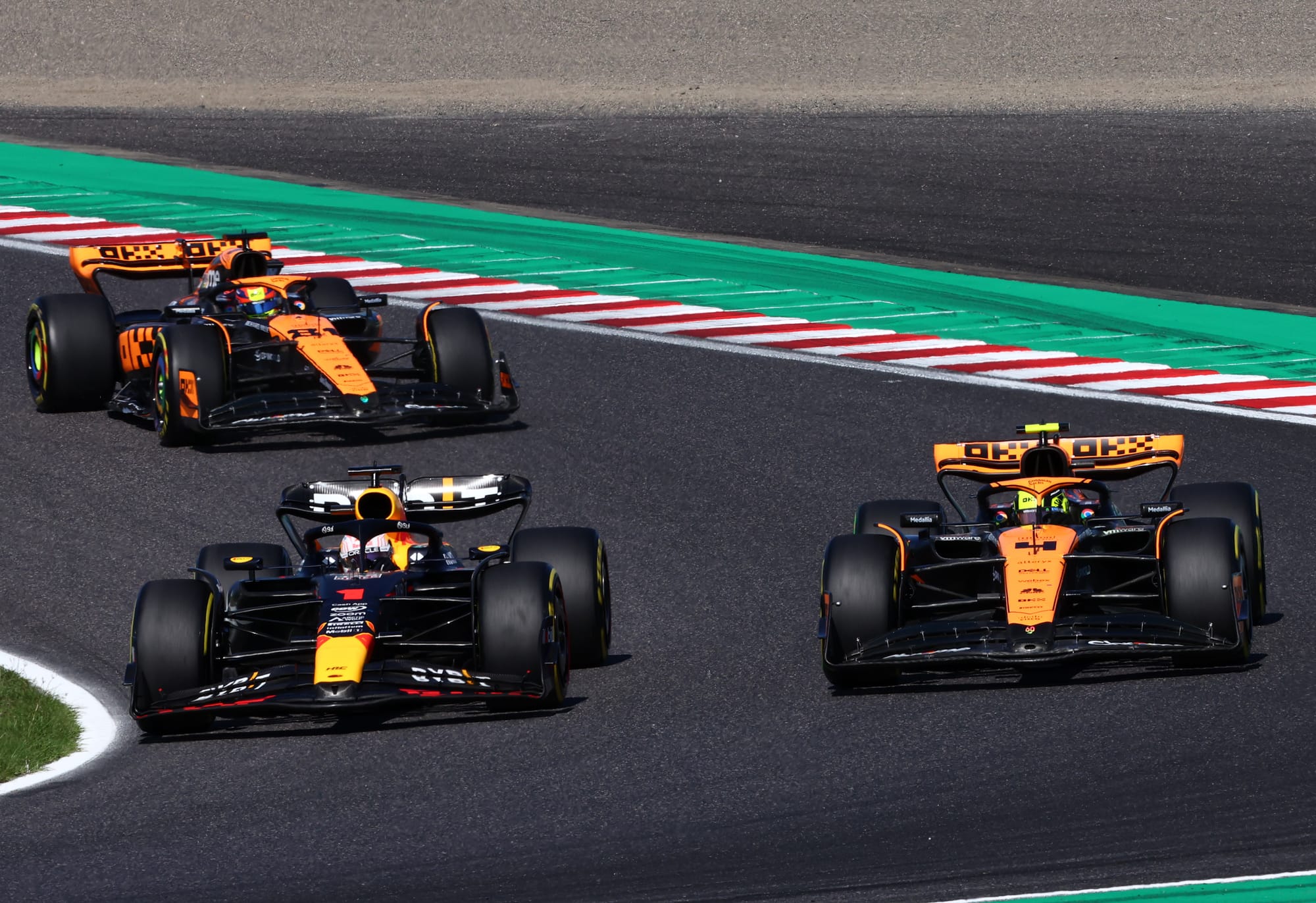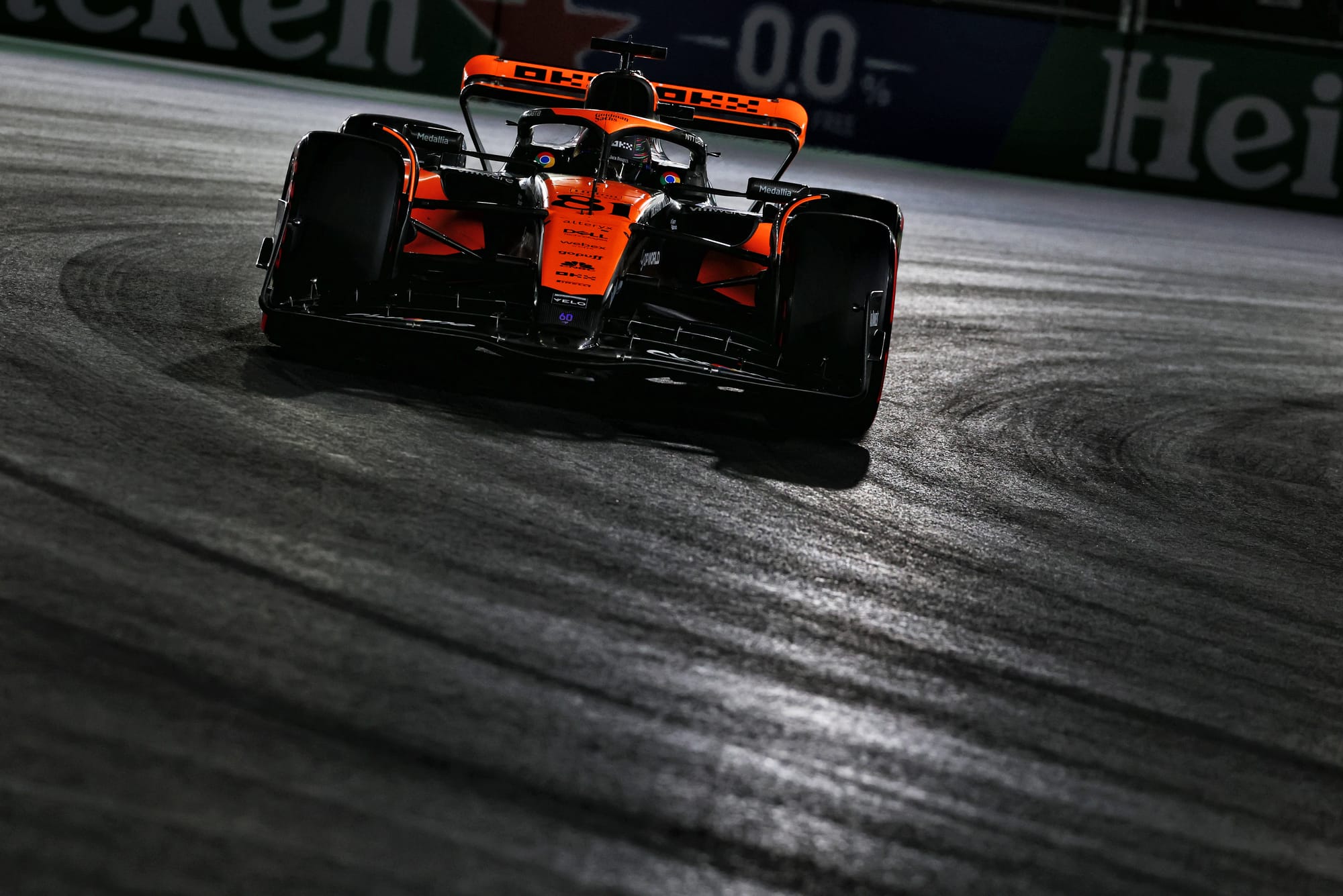Up Next

The difference between optimism and cautious optimism might seem insignificant, but in the case of two of Red Bull’s principal rivals - Mercedes and McLaren - it’s a telling contrast that reveals much about the difference in their technical trajectories coming into the 2024 Formula 1 season.
Both teams are fighting tooth and nail to return to being title contenders, albeit with Mercedes having endured a far more brief spell in the F1 wilderness than McLaren.

While neither is making bold promises to beat Red Bull this year, both offered encouraging noises about the progress they are making when their technical leads addressed the media this week. But those noises weren’t quite the same, and the two teams aren’t coming into 2024 from the same position.
Mercedes, which has announced technical director James Allison has agreed a long-term contract extension to continue with the team, heads into the season off the back of two chastening years hoping that significant changes with the Mercedes W15 will mean it will be on the right track with its car concept at the start of the season for the first time since the current ruleset was introduced in 2022.
“It's impossible at this time of year to be anything other than apprehensive, coupled with excited, coupled with frightened,” says Allison when asked about the mood in the team.
“Those are always the emotions that you feel and I would imagine that even in Red Bull after a year of such good performance, they will not be sleeping easy in their beds either because no one knows what everyone else will deliver.
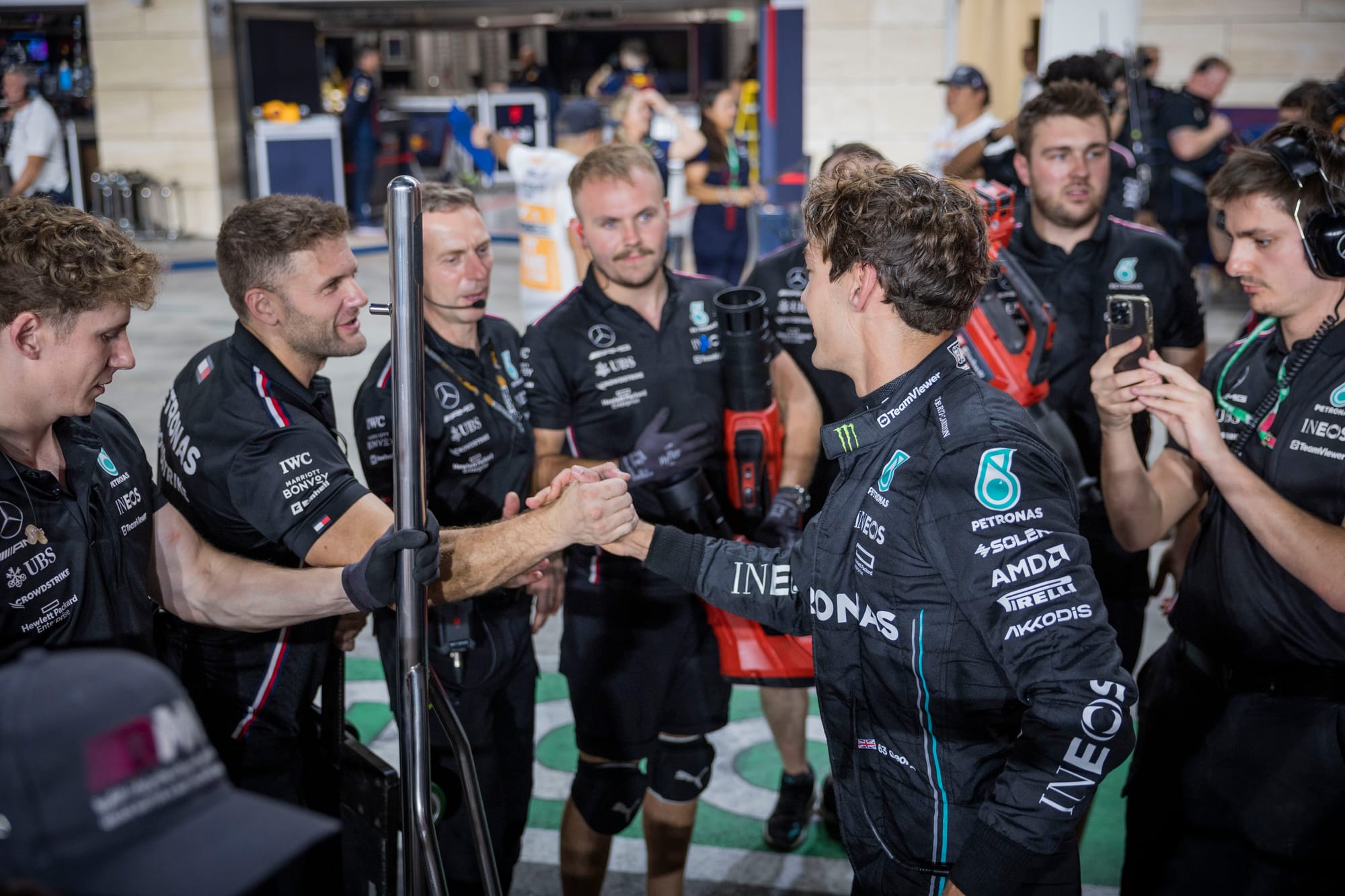
“However, what we do have some hope for is that some of the more spiteful characteristics of the rear end of our car will be a bit more friendly to us, and the handling of the car a happier thing. That's all in simulation, but nevertheless it's got reasonable grounds to believe that we've made some gain there.
“On top of that, you've got all the normal housekeeping-type stuff just making it lighter, making it more ‘downforcey’, getting a bit of uplift from the power unit side with the calibration-level tinkering that they're still capable of doing under these current rules.
“Whether it's enough, time will tell. But it's nevertheless going to be interesting because we saw some things we knew were problems, we have hypothesised what the reason for those problems were and we fixed those reasons. It will be interesting to find out how accurate we've been with that diagnosis.”
What Allison is alluding to there is the ultimate test of any F1 car: how it performs on track. Provided the W15 performance correlates with the various simulation tools used to design and develop it, Mercedes should be on the right path. That optimism can only be communicated with humility and caution when you are technical director of a team that has struggled for the past two years and won only one grand prix.
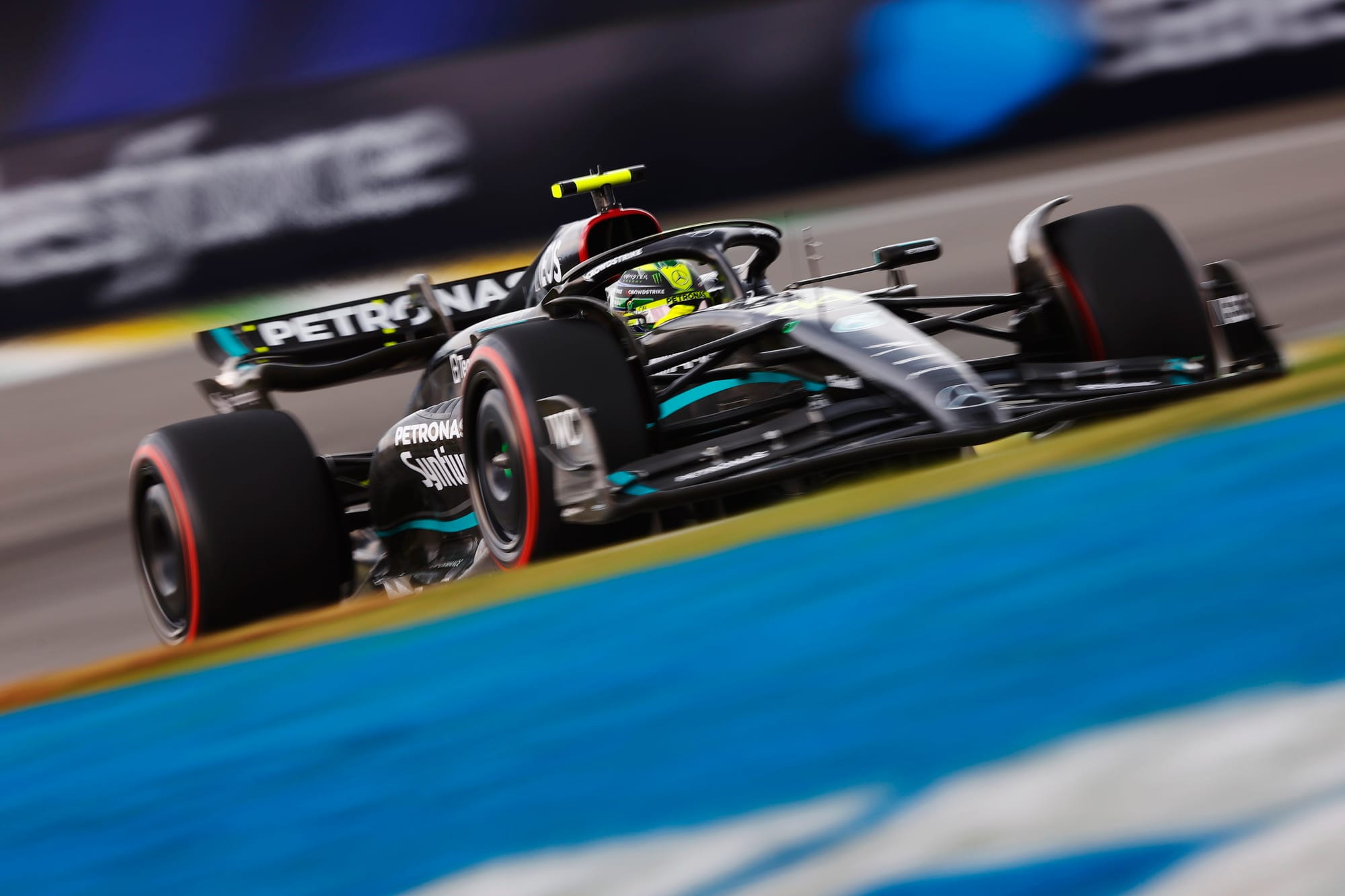
Mercedes has made major changes with its new car to eliminate key architectural limitations that held back how far it could go with the aerodynamic change of direction it introduced from last May’s Monaco Grand Prix onwards, limited by big-ticket items such as the monocoque and gearbox design that could not be changed in-season. The repackaging this year means the W15 will be the first real crack at the direction Mercedes has concluded it needs to go in to have any chance of getting close to Red Bull.
While Mercedes heads into 2024 with the uncertainty created by two difficult years - and despite taking second in the constructors’ championship last year the W14 was still an erratic and problematic car throughout the season - McLaren is in a slightly different place and has earned the right not to caveat its optimism with a note of caution.
The changes made last year turned the McLaren from backmarker to podium regular. Crucially, the fundamental changes made in aerodynamic concept in terms of the way the floor worked paid off handsomely. McLaren has proved its direction in battle, something Mercedes has not had the chance to do, as even though there are still areas it has modified with the fundamental architecture of the car it’s expected to be a more evolutionary car than the W15 is.
Andrea Stella can therefore be more confident than Allison that the numbers being produced at the McLaren Technology Centre from its new windtunnel and other simulation tools are on the money. So while the McLaren MCL38 still needs to prove it correlates when it runs for real next month, it is reasonable to expect that there won’t be any nasty surprises.
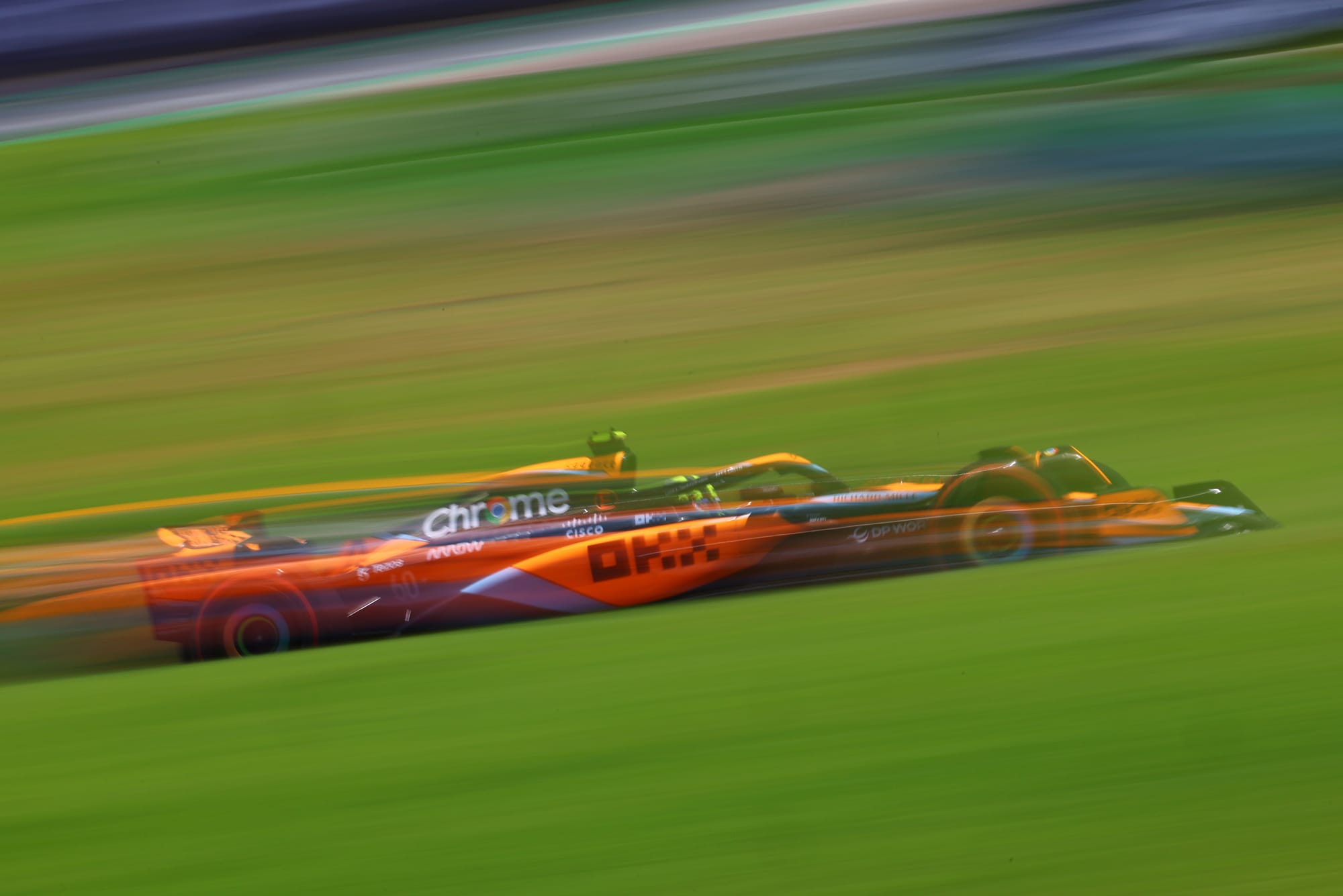
“So far, we don’t see diminishing returns,” says Stella. “This obviously will have to be proven once we put the car on the ground, but when it comes to the windtunnel development and the CFD development, we see that the gradient we established last year that led to the Austria development and then the Singapore development. [It] seems like we can maintain it.
“So that's also where I would expect the launch car to be at the start of the season. And in the background, we are already starting to work on the further developments that we hope to bring relatively soon in-season and they also seem to be quite interesting. So I would say in terms of the regulations themselves and in terms of the development we are aiming specifically at McLaren, we see the kind of linear gradient of development can be maintained.”
Both teams avoided making predictions about where they would stand relative to Red Bull, beyond a realistic expectation that it’s a question of how close they will be rather than how far ahead. For McLaren, it’s primarily about continuing to work away on the proven development path it switched to last year whereas the first priority for Mercedes is to validate that the underlying science used to set its 2024 direction is right.
F1 teams are rarely especially confident as all anyone can do is measure their progress against their expectations and work hard to ensure that they have hit, or exceeded, in-house performance targets. How competitive that makes you is dependent on the competition.
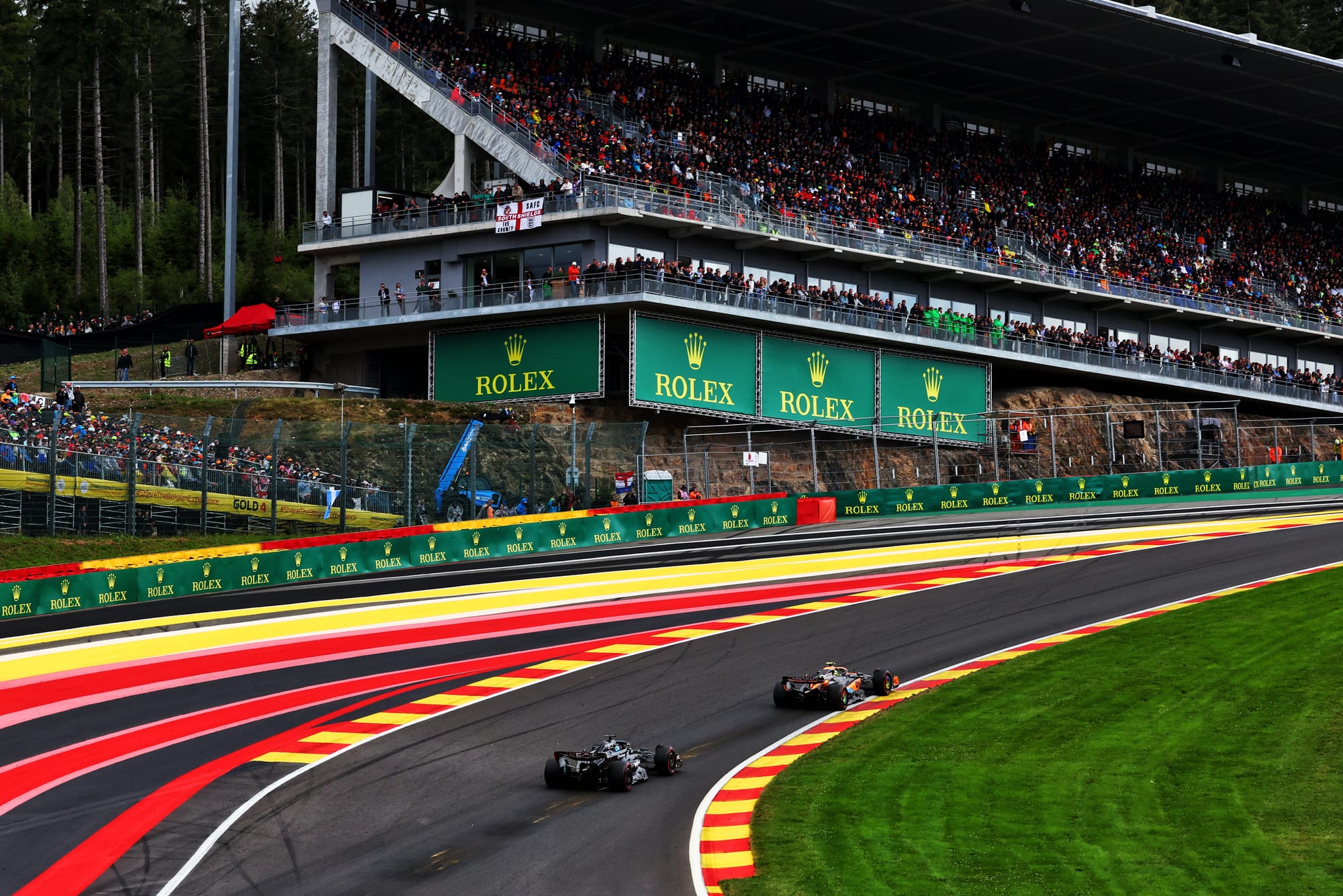
Both McLaren and Mercedes appear to have reason to be satisfied enough, by F1 team standards, with their progress. But both will inevitably be desperate to find out just where it means they shake out in terms of real-world performance.
“On the technical side at least, I don't think any team has ever been anything other than apprehensive at this time of year, alongside excited or whatever,” says Allison.
“You'd have to be psychotic to be bullishly confident because you only know one side of the equation, which is what you've done.
“There have been years where you've run a car for the first time and the drivers got out and said, 'Well spend your bonus, this is a brilliant one' but even then you don't really believe it until you get to the track and start using it in anger and everyone else is alongside you.”
The only difference is where you are coming from, and the difficulties Mercedes had in 2024 can’t fail to make it that bit more apprehensive than those at McLaren might be. But again, it’s only a question of degrees; just as both have an amount of optimism rooted in their diligent design and development work, so too both will be wracked by a degree of trepidation.
It’s just that McLaren has the comfort blanket of being slightly further along the curve in optimising its car concept thanks to being able to make a more decisive switch last year and therefore validate that direction, whereas Mercedes needed to make bigger changes with this year's car to do the same and could only implement a heavily-compromised version of its aerodynamic vision during 2023.
That tells us very little about how they will perform relative to each other, let alone Red Bull, but it reveals a little about the implications should either car not perform as anticipated when they hit the track for the first time.

